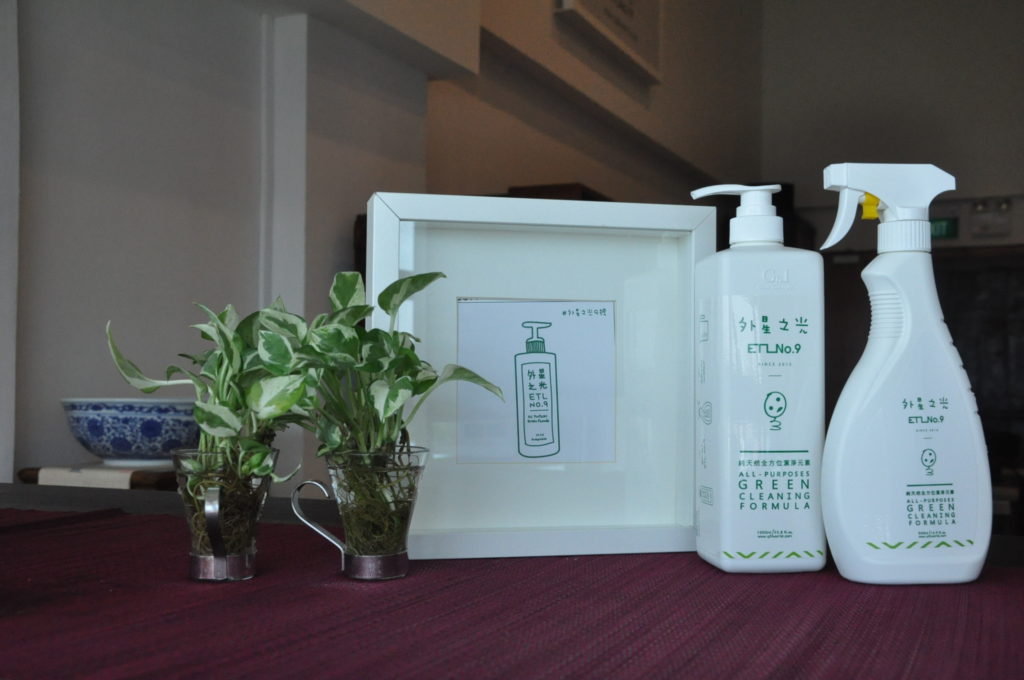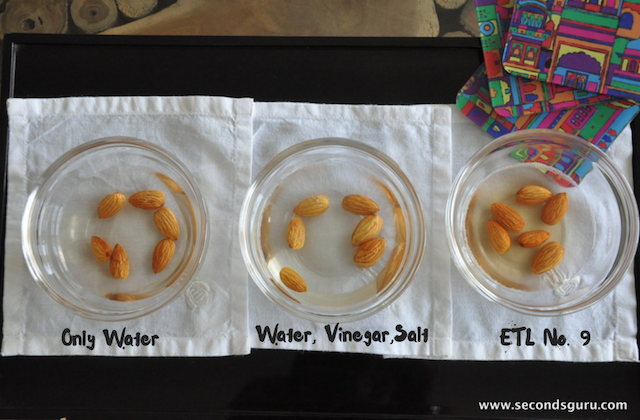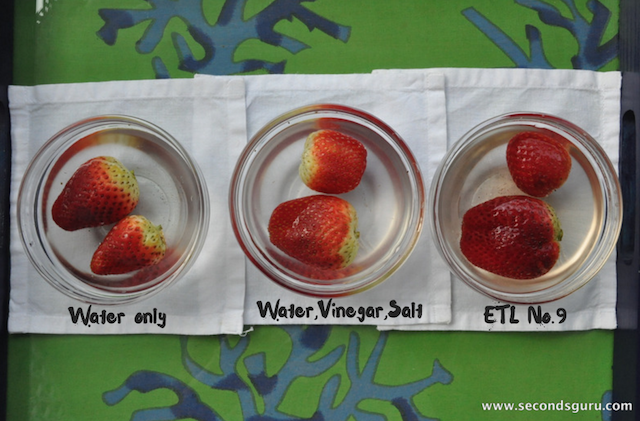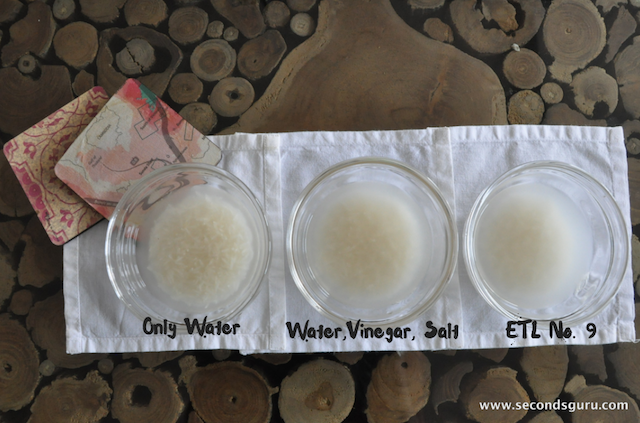Published 14 August 2016 ● Last Updated on 1 October 2020
For this article to be truly meaningful, I will start by asking you a question- have you heard of the phrase ‘Dirty Dozen‘? No, I am not referring to the 1967 epic movie of the same name. If you are unsure of U.S. based Environmental Working Group’s (EWG) 2016 Dirty Dozen list, please head over to this link and have a read.
Yes, yes, yes all the more commonly consumed fruits and vegetables in our homes – strawberries, apples, peaches, nectarines, celery, grapes, cherries, spinach, tomatoes, bell peppers, cherry tomatoes and cucumbers- are topping the not-so-coveted list for high pesticide content. The EWG bases its Dirty Dozen 2016 report on the results of tests conducted by the U.S Department of Agriculture (USDA) on thousands of food produce samples in 2014.
So will washing and peeling before you eat or give them to your family help? Not quite. This was confirmed by the USDA which noted that stubborn pesticide traces remained on even after washing thoroughly with water and peeling the skin off.
In fact, even the nuts, legumes, pulses, cereals we consume as staples are not pesticide free. But then, do pesticides really render these food items inedible or is there a way to deal with the problem and still consume our favourite food items. As a mother of two kids who have all of these in their daily diet, there were three options before me really,
1. Stop eating entirely– Survive on water and air. Ok, impossible with kids. Plan aborted!
2. Buy organic– A possible but not entirely sustainable forever option in the long term, given the prices organic produce command, and the difficulty in finding certifiable organic produce.
3. Buy local – One of the best ways to ensure the quality of what is getting into your digestive system.
But then, how do we get our fix of exotic fruits, vegetables, nuts and cereals that cannot grow locally in city we live? Moreover does the local produce in my country or yours have absolutely no pesticide on it? That was it, I set off on a mission to find an effective way to clean what we eat. Even if we can’t entirely rid the pesticides that have reached inside the food item, at least what is present on the outside can be cleaned.
Solution 1: Use Home made cleaning solution.
Fruits, veggies, nuts– Mix water and white vinegar cleaner in 3 to 1 ratio. Soak for few minutes and wash off. Make sure to rinse well.
Berries– Add 2 tablespoons of vinegar in 4 cups of water for cleaning fruits with delicate skin like berries.
Leafy greens– Mix water and white vinegar cleaner in 3 to 1 ratio. Add 1 tablespoon salt to it. Soak for few minutes and rinse well.
Solution 2: Use the all-purpose green cleaning formula ETL No. 9. Anuja and I discovered this one-stop cleaning agent made of 100% natural ingredients at the Nat Geo Earth Day run this April in Singapore [The day in pictures]. Always on the lookout to support local green businesses, both of us were bowled over by the extent of muck the formula was able to extract after a thorough rinse of a few florets of broccoli and cherry tomatoes during a demo. Both of bought 1 litre bottles of this cleaning formula and have been diligently using ETL No.9 in our homes ever since.
Handy Tip : Whether you opt for solution 1 or 2, do clean the crevices well as they are the pet hiding places for pesticides and all things bad! Do dry thoroughly if refrigerating.

What is ETL No.9 made of? Food grade natural ingredients, namely natural mineral complexes, deep sea minerals, coconut extract, aloe extract, lemon extract, biological cell water
What can it be used to clean? In addition to fruits, veggies, cereals, pulses, ETL No.9 can also be used to clean wood flooring, kitchen utensils, stains, bathroom, home walls, floor, washing clothes, car, glass.
So do I use the liquid as it is or mix it up with water? The liquid is concentrated so it must be mixed in water in the ratio as advised on the bottle cover. For instance, to clean fruits and veggies do it in the ratio of 1 part ETL No.9 to 5 parts water. Use any old spray bottle around the house or make your own to store the mixture
Get started- When washing, place the food item in a bowl and spray the mix on it. Add some tap water to it. Use your clean hands to massage the food item with the liquid. You will see a lather build up. [The lather is coming because of the coconut extract]. Set aside for few minutes. Rinse thoroughly with running water! VOILA!
How do I buy ETL No.9? Priced at $35 for a 1 Litre bottle, ETL no.9 can be bought online here. {Editor’s note: updated Jan 2018 – $48 per litre}
In order to demonstrate the effectiveness of ETL No.9 in the kitchen in particular, I set up a mini test lab in my home. I washed each food item in plain water, water along with vinegar and salt and finally in ETL No.9. My findings are as below;
Item # 1: Almonds : ETL No. 9 emerged as the best cleaning agent for nuts. I have tried it on all kinds of dried fruits- works like a charm.

Item #2:Broccoli : Both the Water, Vinegar, Salt solution and ETL No. 9 extracted similar amounts of dirt though it may not be apparent here, the residue was pale green in color. Almost made me wonder whether the broccoli was lightly painted before being sold. Food for thought?

Item # 3: Strawberries: Without doubt ETL No. 9 cleaned the strawberries the best.

Item # 4: Rice: Once again ETL No. 9 emerged as the clear winner. I tried cleaning lentils too, the result was the same.

To top it, ETL No.9 leaves a refreshing natural fragrance after it’s rinsed off [Observed by my 11 year old and reported by me for this article as it’s absolutely true ;-)]. I am all for the no-chemical pesticide and save the bees movement, but living in a condominium in Singapore, I have been unable to grow my own food so far. Hence as a family we end up consuming what is available in the local super markets and wet markets. To clean what we eat, we vary between natural cleaning agents and ETL No.9 on a day-on-day basis. After all our overall well-being will only be better, the lesser the toxins [from pesticides] we have inside our body.
For our readers: This is purely my personal view and review. No payments have been received so you can count on the authenticity!
Related Articles
Sourcing food in Singapore-Organic and Local




Pooja
15 August 2016Lara, i have to say that this is the most useful article i have read in a while. As a mother of 3, I’m always struggling with ways to make food cleaner and as you said, buying everything organic is not sustainable while living in Singapore. Thanks for giving us these easy and doable solutions.
Lara Rath
18 August 2016Hey Pooja. Glad you found the article useful. Do try it out at home and let us know whether you had a similar experience!